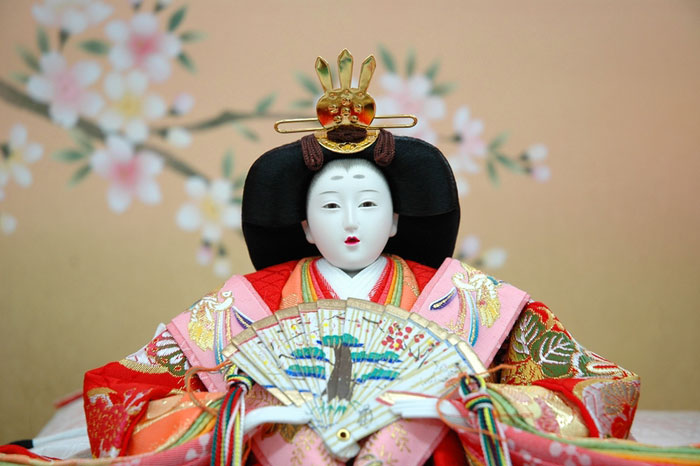
Hinamatsuri
the Japanese Doll Festival (雛祭り Hina-matsuri)
or Girls’ Day
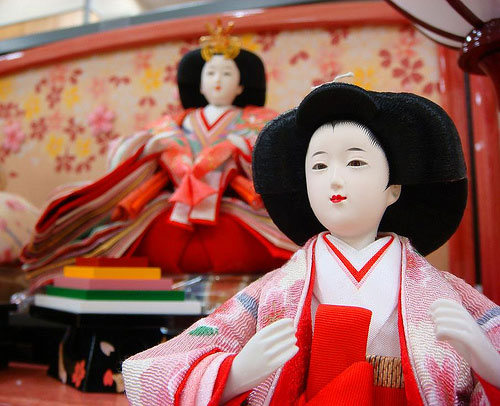
March 3
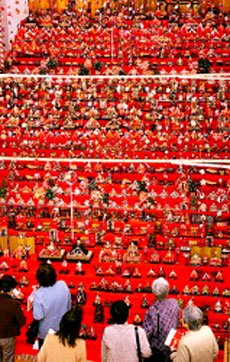
Origin and customs
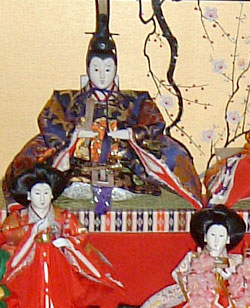
The custom of displaying dolls began during the Heian period. Formerly, people believed the dolls possessed the power to contain bad spirits. Hinamatsuri traces its origins to an ancient Japanese custom called hina-nagashi (雛流し , lit. “doll floating”), in which straw hina dolls are set afloat on a boat and sent down a river to the sea, supposedly taking troubles or bad spirits with them. The Shimogamo Shrine (part of the Kamo Shrine complex) in Kyoto) celebrates the Nagashibina by floating these dolls between the Takano and Kamo Rivers to pray for the safety of children. Also people have stopped doing this now because of fishermen catching the dolls in their nets. They now send them out in to the sea, and when the spectators are gone they take the boats out of the water and bring them back to the temple and burn them.
The customary drink for the festival is amazake, a sweet, non-alcoholic version of sake made from fermented rice; the customary food is colored arare, bite-sized crackers flavored with soy sauce. A soy sauce-based soup is also served containing clams still in the shell. Clam shells in the food are deemed the symbol of a united and peaceful couple, because a pair of clam shells can closely fit to each other, as no other shells but the original pair can.
[edit]In popular culture
References to the holiday and its activities are often referred to in film and music. Dating as far back as 1920’s, the Hinamatsuri has been the subject of Japanese film, such as Hinamatsuri no yoru. More recently, the J-pop group the Mini Moni released a song Minimoni Hinamatsuri! which sings of the joy of the day.
This custom has also been shown in anime series such as Ojamajo Doremi.
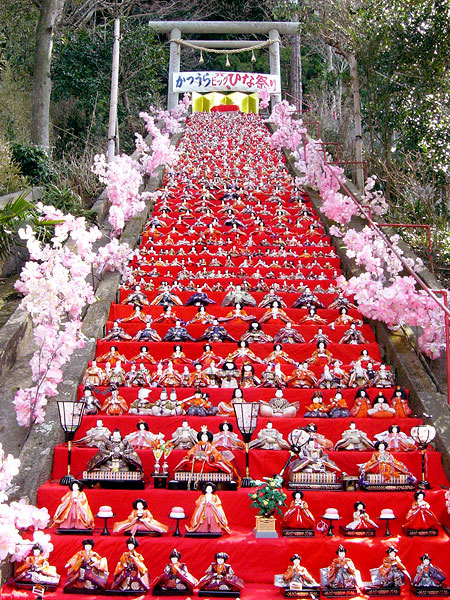
Source Wikipedia




